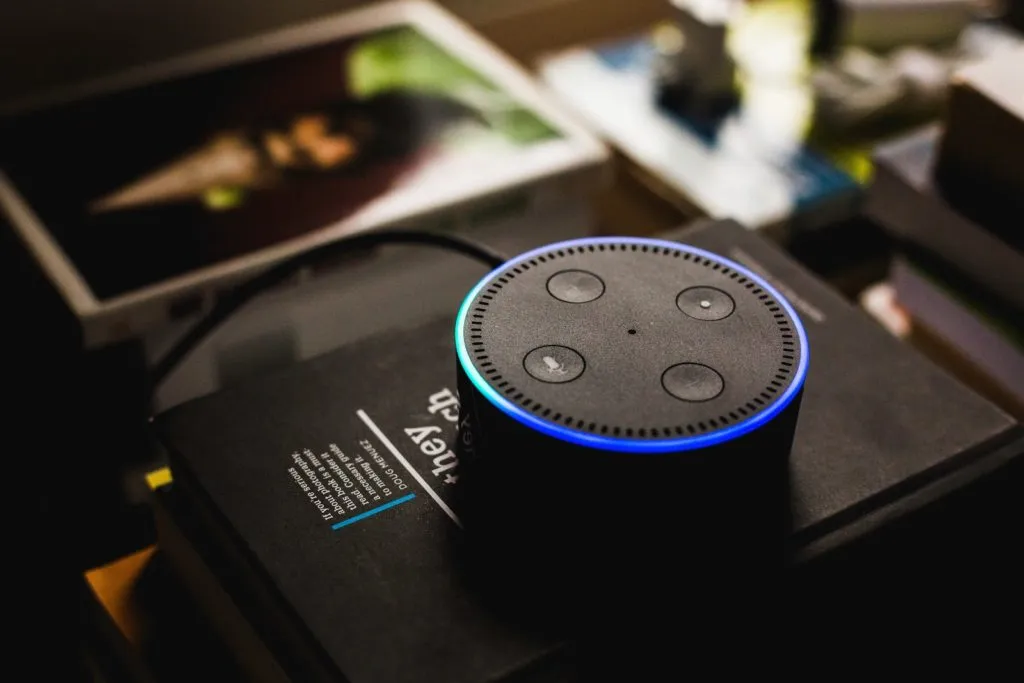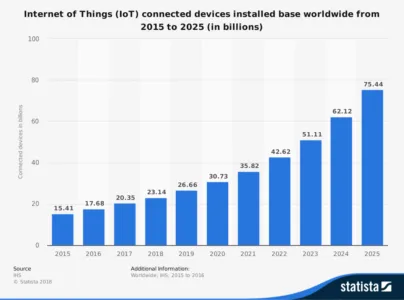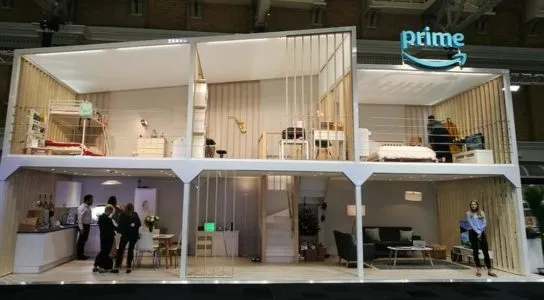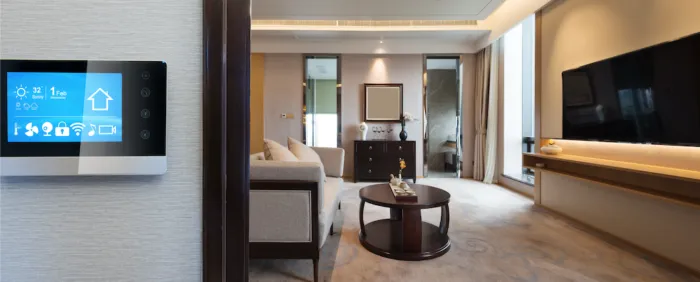The UX of a smart home

History of IoT Devices
The Internet of Things (IoT) can be defined as “the concept of connecting any device with an on and off switch to the Internet (and/or to each other).” Nowadays we are seeing IoT devices in the form of headphones, speakers, thermostats, light bulbs and more, but this has been a long time in the making. The phrase “Internet of Things” was coined by Kevin Ashton in 1999, but the idea of connecting devices had already been percolating for some time. While technology has drastically improved, the underlying motivation remains the same: connecting physical objects to the Internet can simplify our everyday tasks.
The first recognized IoT device was a Coke machine at Carnegie Mellon University. In the early 1980s, a group of graduate students realized that if they attached a sensor to the machine, they could determine how many cold coke bottles were left before actually walking to the machine. A few years later, John Romkey proved that he could turn on a toaster with the Internet. Other early IoT inventions took the form of wearable and tracking technology.
The Adoption of IoT
Many of the early IoT pioneers were ahead of their time and the initial growth of these IoT devices was slow due to limitations in technology. When the technology finally caught up, the adoption rate of IoT devices skyrocketed. The figure below demonstrates this massive growth, with the number of connected devices expected to grow to 75.44 billion by the year 2025.

“Anything that can be connected, will be connected.” – Jacob Morgan
IoT technology was initially used to satisfy business needs but in the years since it has expanded to satisfying personal needs (in the form of consumer products) as well. This transition made IoT devices relevant to a much larger market and truly allowed the IoT marketplace to grow into the giant it is today. As technology advances and more devices are made available, the connectedness of our world will only continue to grow.
“A decade ago, the idea of controlling your home’s thermostat, lights and security systems remotely via smartphone would have seemed like futuristic science fiction.” – Forbes Technology Council
The IoT has been silently growing over the past three decades but now it has been thrust into the spotlight through the growth of consumer products, many of which are common household items. Consumers can purchase IoT devices in the form of thermostats, security systems, refrigerators and more. These products work together to create what is now being called the “smart home.”
A Glimpse into a Smart Home

A smart home can be defined as a home that is equipped with network-connected products for controlling functions such as temperature, lighting, security, safety or entertainment, by a phone, tablet or computer. It is estimated that in 2019, 42.25 million homes will be considered “smart homes.” As technology advances and the list of IoT gadgets grows, we may begin seeing houses where everything is controlled by a system of connected devices.
The adoption of these IoT devices in the home is creating a more holistic user experience than we’ve ever seen before by connecting multiple devices into one overall experience. IoT devices allow us to use our mobile devices and mobile apps as a control center for almost everything in our home, and the possibilities are endless.
Consider this scenario:
Your IoT alarm clock wakes you up at 6 am and you walk downstairs to your IoT coffee maker that has already brewed a hot cup of coffee, based on the set schedule you created in the app. You shout out to your IoT speaker to begin playing your favorite song and then you head over to your smart refrigerator to check your schedule for the day. Then you go upstairs and tell your shower to turn on and heat to your desired temperature. You’re running late to work and leave the house without turning the heat down so you open your thermostat app and change it to ‘Away’ mode to conserve energy. You also realize that after leaving in a hurry, you forgot to lock the front door but you can open the app for your security system and make sure everything is all locked up. Now you can continue your day with the peace of mind that everything at home is in check.

Personalization of IoT Interactions
The presence of these IoT devices makes every aspect of your daily routine easier while serving as a remedy for small mistakes, such as leaving the lights on. These devices simplify our lives and as we use these products, they learn more about our daily routines and personal preferences. Users generate 2.5 quintillion bytes of data every day. In comparison, 3.5 billion Google searches are conducted every day. If you’re wondering how those relate, there are 9 zeros in a billion and there are 18 zeros in a quintillion. In much simpler terms, we generate a lot of data.
The process of gathering and analyzing data is a cycle that when done correctly results in improved user experience. After we add these IoT devices in our homes, they can incorporate machine-learning algorithms to recognize user trends and behavior. Access to this amount of information can be used to further personalize our next interaction with the device.
For example, let’s say you just installed an IoT lighting system. If you work every day from 9 am to 5 pm, your lighting system could program itself to turn off 15 minutes after you leave in the morning and to turn back on 15 minutes before you return at night. Customizing a consumer’s interaction with the IoT device in this way improves their experience and encourages future product use. Creating a positive experience is crucial to the success of IoT connectedness.
A “one size fits all” methodology no longer fits in our digitally connected world. Digital agencies need to take the time to better understand their users in order to create a successful product. Companies can perfect their user experience design through user data, user testing, beta tests, and continuous user feedback.
A Consumer in Control
The impact of IoT is impressive but above all else, it is drastically changing our perception of user experience and it shifts a lot of control to the consumer. These connected devices give us the ability to control physical products regardless of where we are. The more connected we are, the more control we’ll want to have.
There is an increased expectation with IoT devices that the transition between a product and its corresponding mobile app will be seamless and consistent each time. Connected IoT devices add pressure on digital agencies to implement a device-agnostic design, which means a single design style works across multiple devices. Research shows that the average 4-person US household has 19 connected devices. To ensure your product has a great user experience, the experience should be the same across all devices. Failure to create this seamless experience can discourage users from using the IoT device and your accompanying app.
The average consumer likely does not know what the Internet of Things is or understand its true value. In order for consumers to realize the benefits of the IoT and connected devices, they need to be used on a regular basis. A strong user experience design encourages continued use and improves the overall impact of the IoT.

